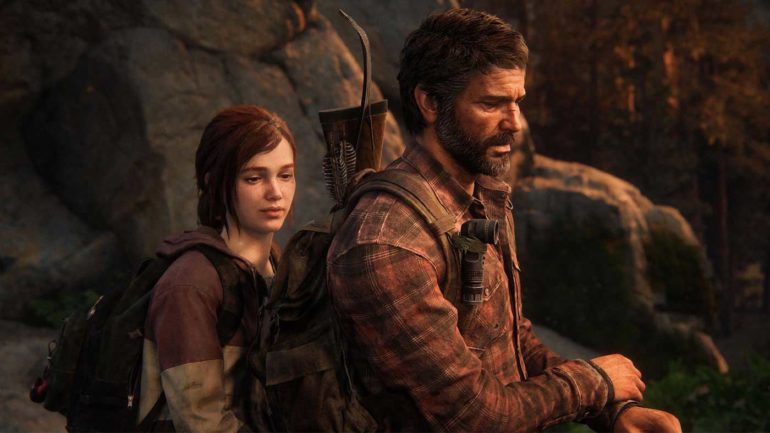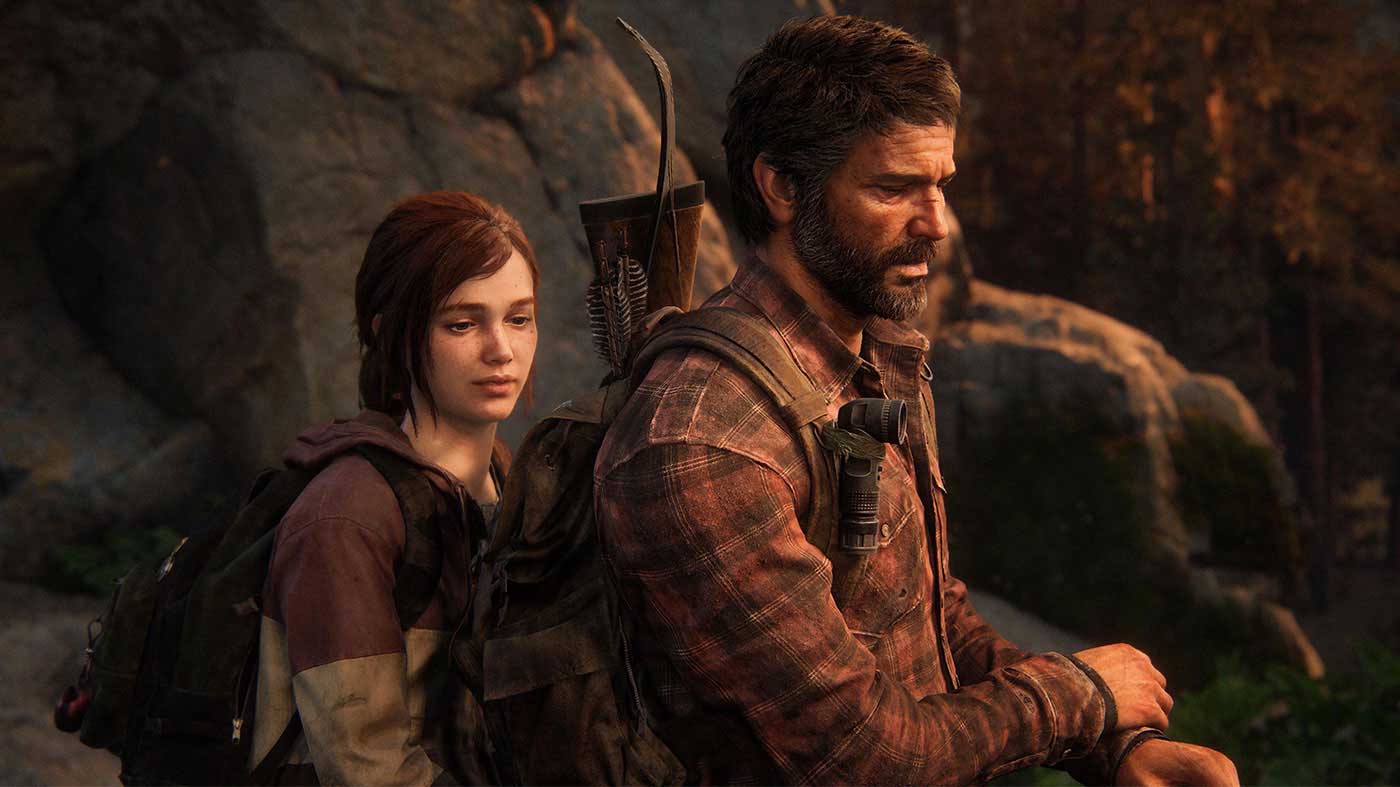Since its launch almost a decade ago, The Last of Us has become one of PlayStation’s hottest IPs. Not only did the original receive the remaster treatment shortly after its release, but its sequel is also almost the most decorated game to ever exist, though it wasn’t without controversy. Since then, an HBO series based on the game’s events has been produced with an expected premiere date next year.
The discourse over whether The Last of Us Part I, a remake of the original game, needs to exist has been fiercer and far more targeted than I’ve ever seen. It’s tough because this game isn’t for one specific group of people. It’s a careful, honest remake of a classic game that will be brand new for some.
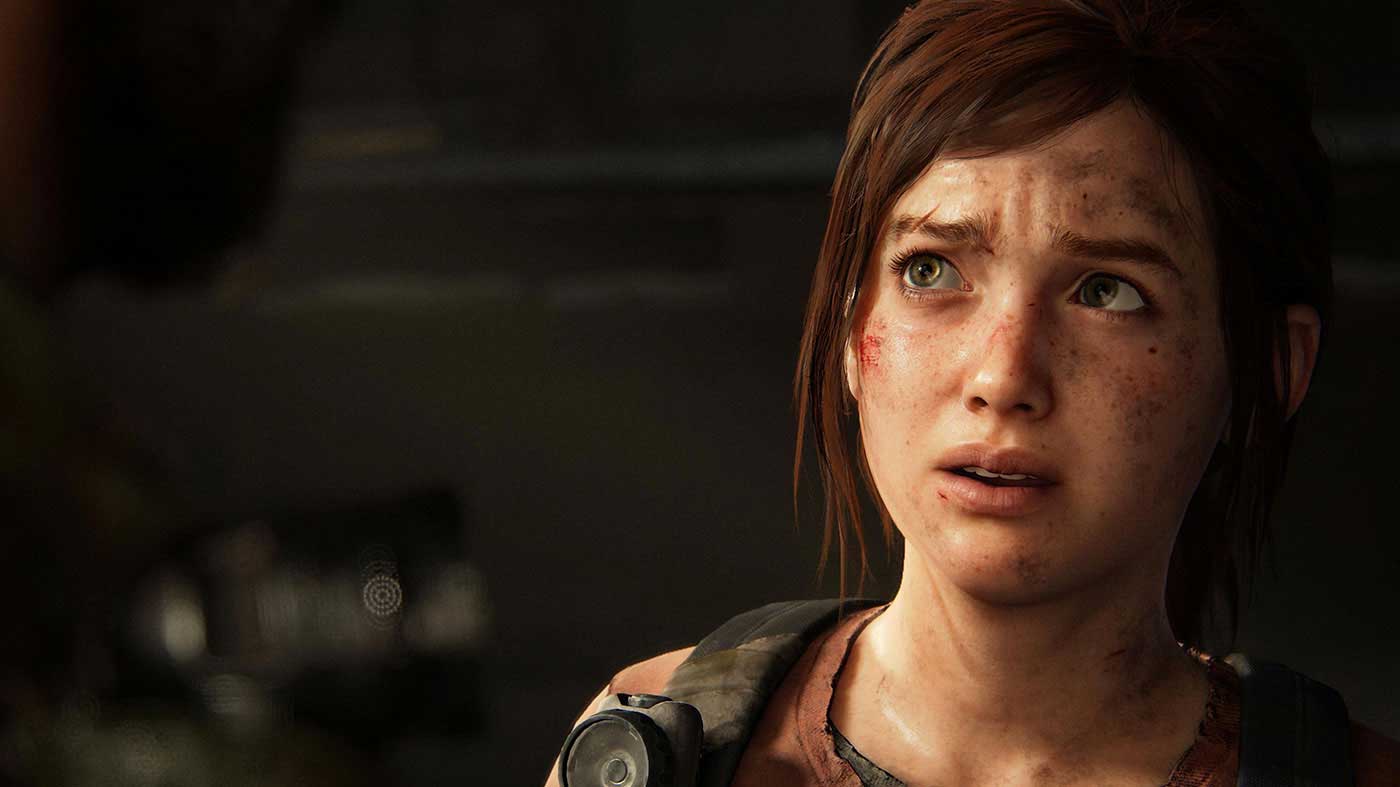
I would have contended at one point that the existence of Part I was to drum up interest in the upcoming TV series and serve as a far shinier entry point for people who’ve never played The Last of Us. While that might still be the case, I also believe it exists as a vehicle to deliver Joel and Ellie’s story with far greater production values and with the creases ironed out.
THE CHEAPEST PRICE: $98 WITH FREE SHIPPING.
After losing his daughter twenty years prior during the outbreak of Cordyceps infection that plunges the world into banditry and martial law, Joel accepts the task of escorting Ellie across the country. Part I has been billed as a remake from the ground up, and it’ll grow increasingly evident the more you play that there’s no word of a lie there. Save for one particular moment that’s retconned to help continuity between games, the story of The Last of Us is very much intact and remains the torchbearer for riveting, character-driven drama. I’m also thankful, in retrospect, that they resisted the urge to weave Left Behind, the standalone expansion that explores the relationship between Ellie and Riley, throughout the main plot because the game works into such an irresistible rhythm in its second half that it would have been a shame to tamper with that.

It’s obviously still available from the main menu, but The Last of Us is simply a powerhouse script from Naughty Dog that rings truer than ever today, especially as a new parent in a post-pandemic world.
Naughty Dog could have invested the time and effort into incorporating mechanics introduced in Part II, such as the dodge and rope physics, though I don’t believe they needed to. Not only does it not make sense for Joel to be as swift and agile as Ellie grows to be, but introducing the latter would have forced the team to reconsider the play spaces and the player’s options to explore them. Unlike the sequel’s Seattle, this game’s world wasn’t built with verticality in mind, so I’ve no problem with the team leaving well enough alone. It feels as though plenty has been done to bring the game up to par with its sequel, even if it is simple, smaller touches.
I’m calling it the rose-tinted glasses effect because as is the power of nostalgia, Part I’s changes are subtle enough that it still feels like The Last of Us that I remember.
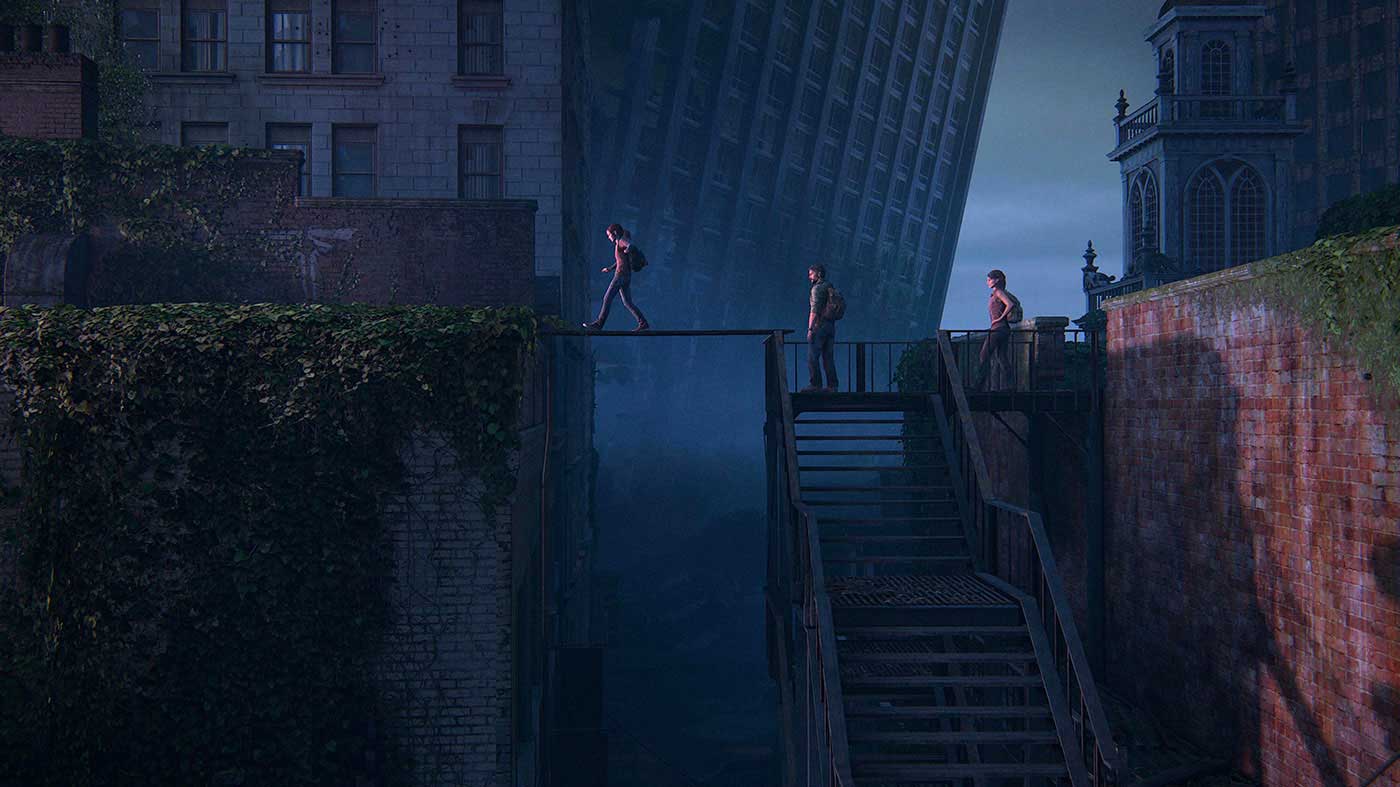
Although the bones of the game’s combat remain the same, each encounter feels much more tense and exciting thanks to the advancements the team made with artificial intelligence. It’s not only enemies that appear smarter, with more aggressive and tactical pathing, but your companions are thankfully no longer immersion-breaking standees lingering in harm’s way. I certainly felt the pinch on more than one occasion when I’d break stealth and have a few shotgun-bearing bandits descend on me. It only further grounds the gritty, gory gunplay, which is especially horrendous given the game’s improved fidelity.
It’s hard to argue that the original The Last of Us was a pretty game, but the work done to bring Part I, as a remake, up to par with Part II is astounding. Nature springing back to life to reclaim its domain from men is such a picturesque aesthetic, and none has done it better than this franchise. But even more impressive than the world are the characters that fill it, the iconic performances that have only grown in stature with time, and the team’s ability to go comb through the original recordings to eke out every ounce of acting possible. There are so many pivotal scenes that ultimately defined The Last of Us that hit so much harder this time around, from the heartbreaking prologue right through to the fleeting moment of reprieve with Henry and Sam.
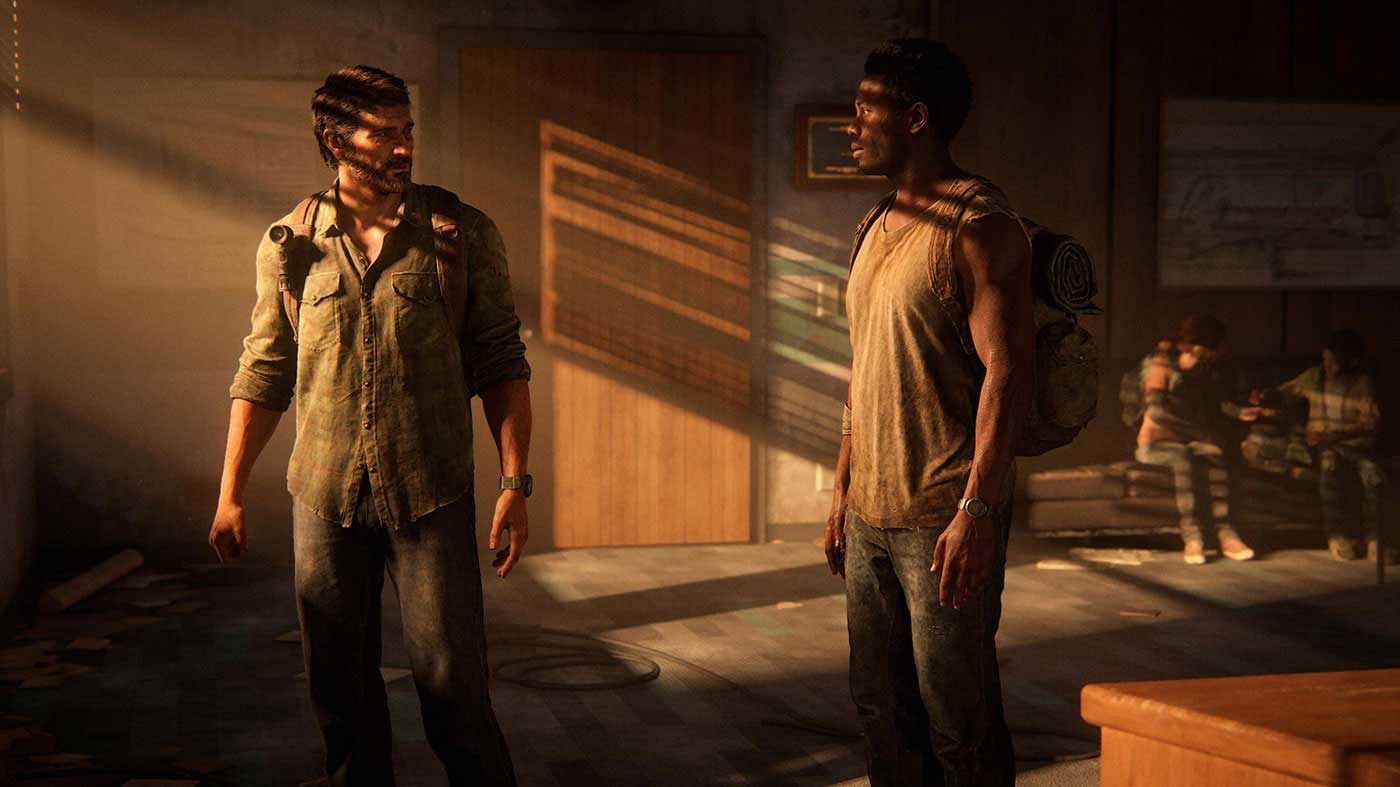
Regardless of the rendering mode that you opt for in Part I, the game looks so much better. It offers both fidelity and performance modes, which favour either resolution or frame rate, and though I spent the majority of my time targeting those smooth frames, I found pop-in and visual bugs to be a bit more frequent when placing fidelity on the back burner.
Despite its mainstream appeal, The Last of Us is a survival-horror game. As such, console-specific features from both the DualSense and Pulse headset have done a bit of the heavy lifting to help establish the atmosphere and dark tone we’d expect. Feeling the tensile response from the triggers when aiming is an understated addition that only further heightens the craze of combat, while I appreciated the more subtle times it’d pop up like feeling your mount’s rhythmic gallop underfoot. It’s engrossing and engulfing in ways that weren’t possible once, but that this series does deserve.
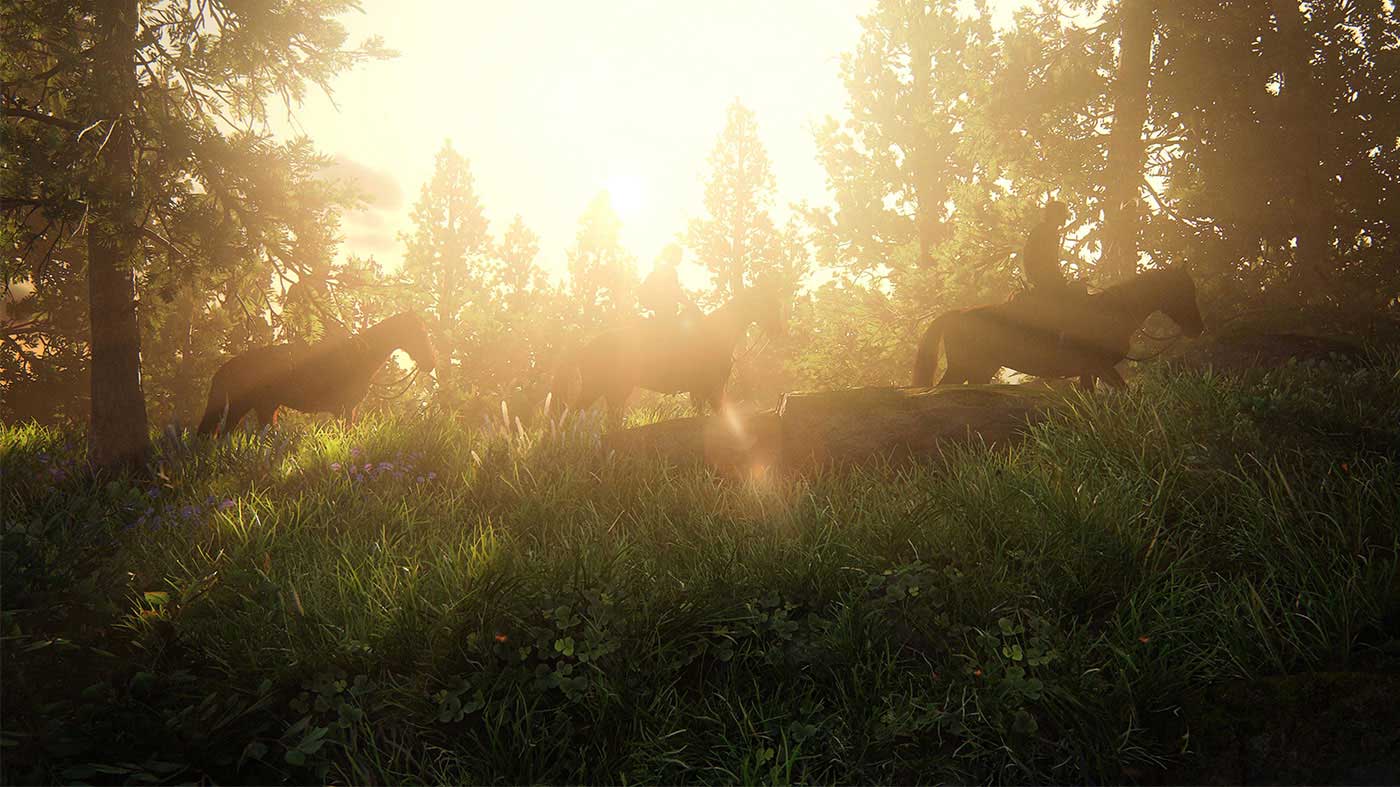
Part I had a real opportunity to be a celebration for The Last of Us and its fans. It obviously delivers the most definitive version of the game yet, but it fails to offer anything of substance to those who are potentially triple-dipping. None of the extra content, from the behind-the-scenes footage to the podcasts detailing the game’s conception, is new and can be found elsewhere, which feels like a shame. Even the commentary that can be played over the cinematics is from the remastered version and offers no insight into the game’s facelift.
There’s also an exhaustive set of alternate skins you can choose for Ellie, many of which celebrate PlayStation’s storied franchises, though even many of these are recycled. That said, I still wouldn’t walk past that Daxter backpack in the store if I passed it.
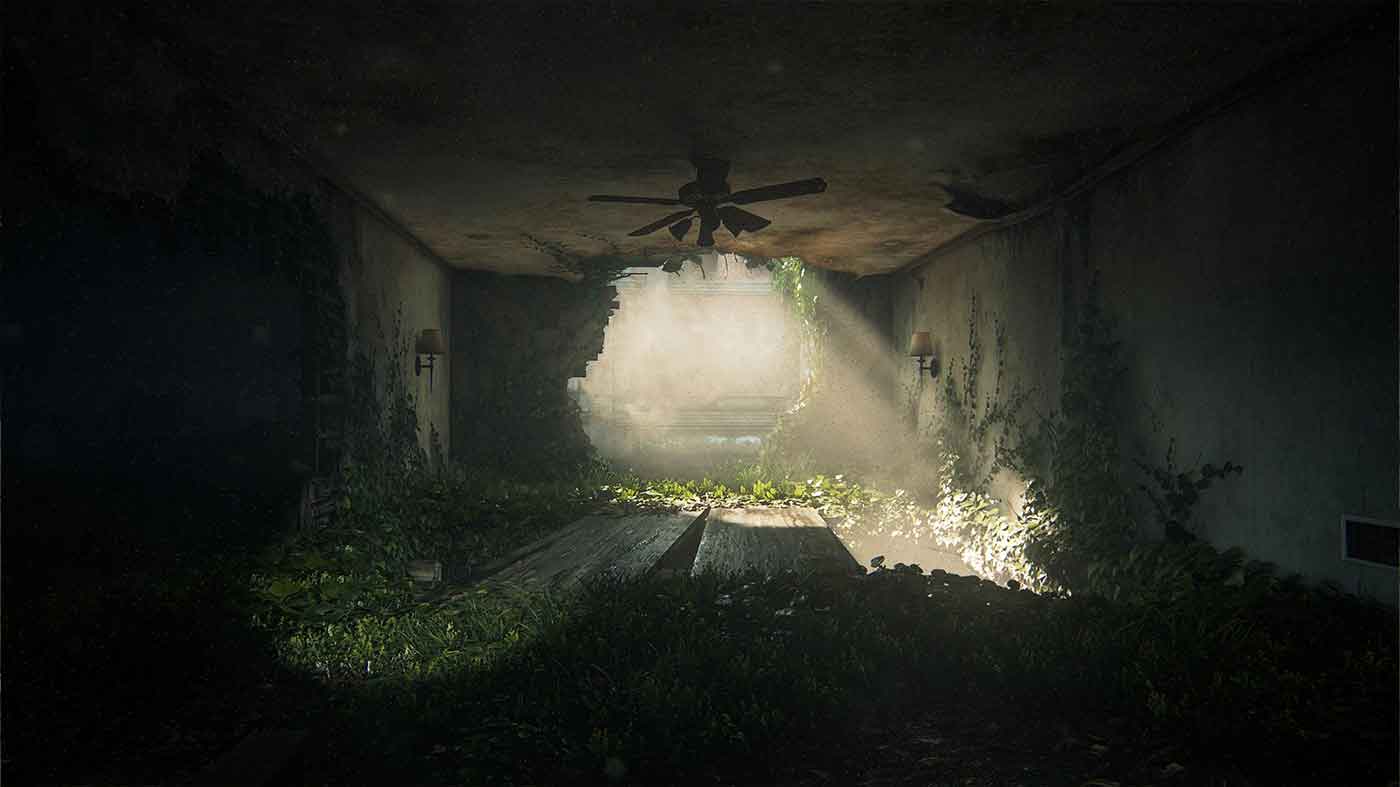
Naughty Dog had praise heaped on them for the lengths they went to to ensure The Last of Us Part II was as accessible to as many people as possible. They’ve delivered again with Part I, with countless options that will no doubt open the experience up to so many. Even though it isn’t for me, I particularly love they’ve made use of the DualSense’s rumble feedback to help deaf gamers feel the cadence or emotion attached to a particular line delivery.
Regardless of where one comes down on the discussion about whether Part I should exist, it does. And although it appears that, on the surface, all of its improvements are skin deep, Naughty Dog does plenty to drag this game up to the standard they set with its sequel through improved A.I. and accessibility options to create the most definitive The Last of Us yet.


